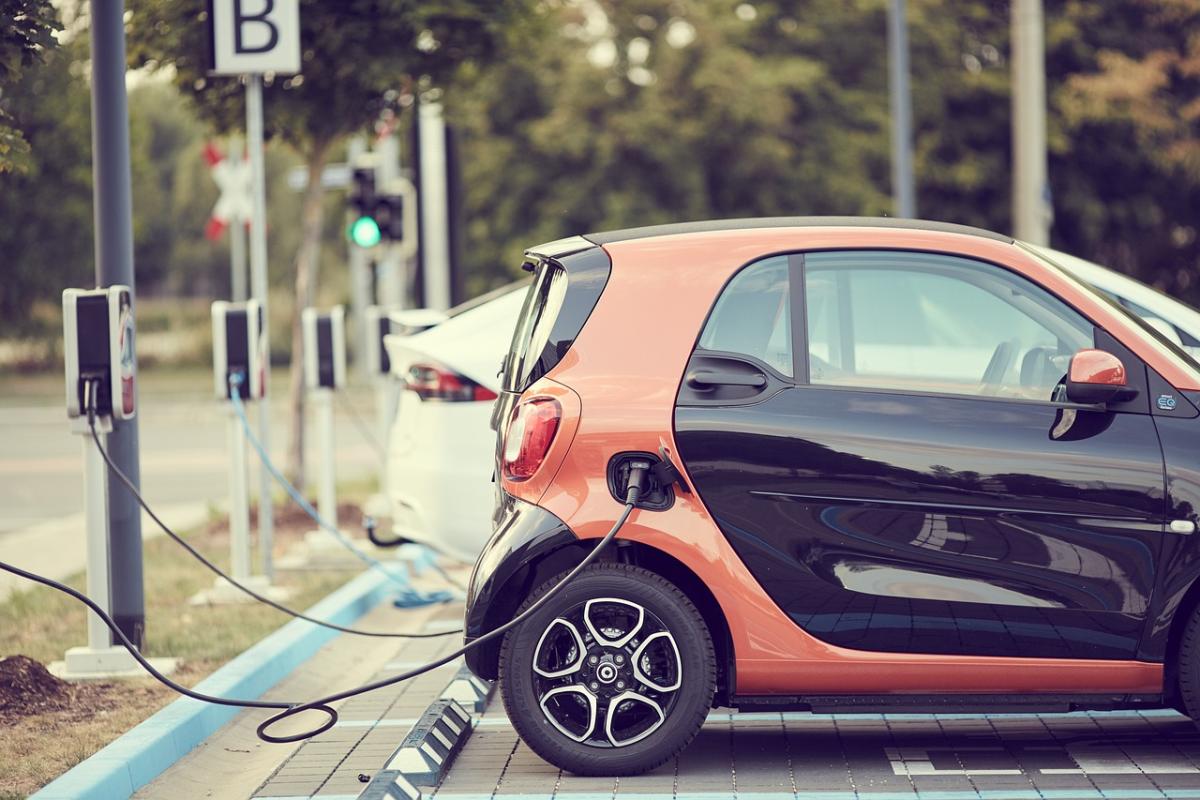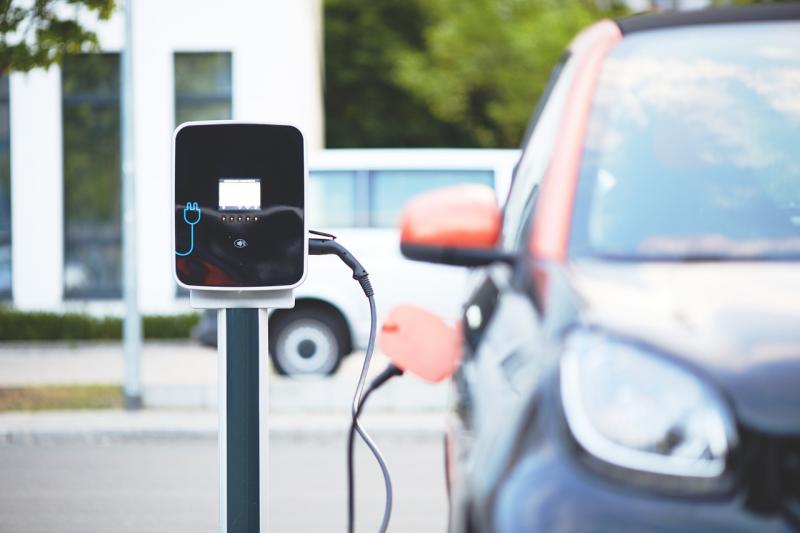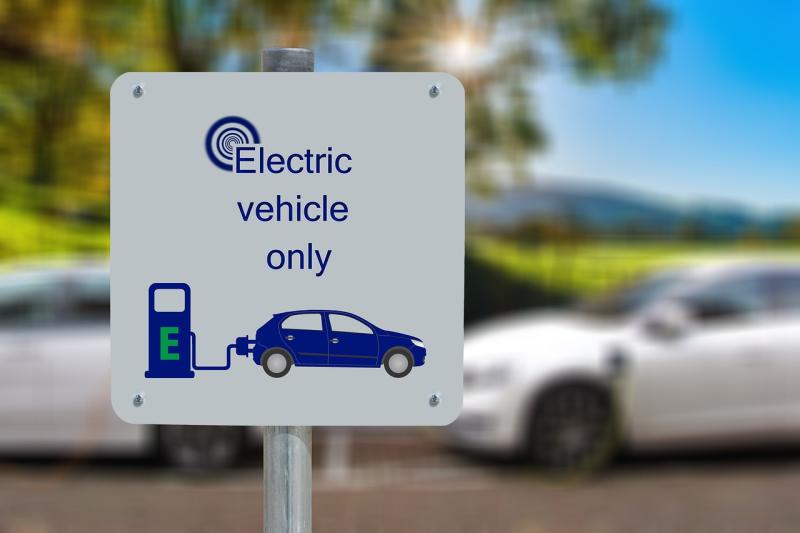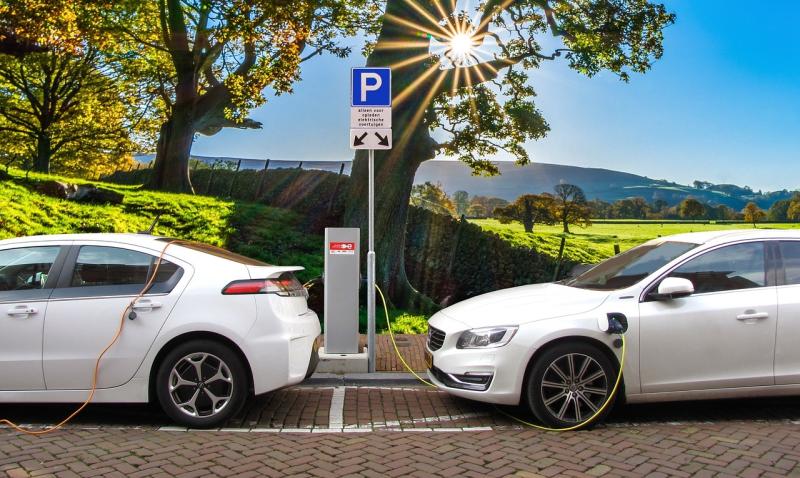The rapid adoption of electric vehicles (EVs) is reshaping the landscape of energy consumption. As more people switch from traditional gasoline-powered cars to electric models, the demand for electricity is steadily increasing. This shift has significant implications for the energy grid, requiring utilities and energy providers to adapt their strategies to meet the changing needs of consumers. The expected rise in EV ownership presents both challenges and opportunities in terms of energy supply and infrastructure.
One of the main impacts of electric vehicles on energy demand is the increased consumption of power during off-peak hours. Many EV owners charge their vehicles overnight when electricity is cheaper and less in demand. This shift in charging behavior can help flatten energy consumption peaks, which is advantageous for energy providers. By distributing demand more evenly throughout the day, the grid can operate more efficiently, potentially lowering costs for consumers and reducing the need for expensive peak-time energy generation.
Moreover, the widespread use of EVs encourages the development and integration of renewable energy sources into the grid. As electric vehicles become more common, energy providers are exploring ways to harness solar, wind, and other renewable sources to supply the rising electricity demand. This not only helps to reduce greenhouse gas emissions but also promotes energy independence as communities become less reliant on fossil fuels. The synergy between EVs and renewable energy can lead to a cleaner, more sustainable energy grid.
However, this transition also poses challenges. Utility companies must invest in upgrading infrastructure to handle the increased electricity load and ensure reliable service. This includes expanding charging station networks, enhancing grid capacity, and improving technology to manage energy flow effectively. Additionally, as EVs become more prevalent, the potential for demand spikes could strain the grid, especially in areas with high concentrations of electric vehicles. Planning and investment in smart grid technology will be essential to navigate these challenges and maximize the benefits of the electric vehicle revolution.
How EVs Support Renewable Energy Use
Electric vehicles (EVs) play a vital role in supporting the use of renewable energy sources, creating a more sustainable energy ecosystem. With the increasing adoption of solar and wind energy, the ability to store and utilize this energy efficiently is becoming crucial. EVs can act as mobile batteries, storing excess energy generated from renewable sources during peak production times and making it available for use when demand is high.
One of the key advantages of EVs is their potential for vehicle-to-grid (V2G) technology. This innovative system allows EVs to not only draw energy from the grid but also to send energy back when it is needed most. For instance, during times of low energy generation, such as at night, EVs can discharge stored energy back to the grid, helping to balance supply and demand. This capability enhances grid stability and facilitates a smoother integration of renewable energy into the energy mix.
Furthermore, charging stations for EVs can be strategically located to harness solar and wind power. For example, charging stations equipped with solar panels can harness energy during the day when the sun is shining and convert it into power for EVs. By aligning the charging of electric vehicles with periods of high renewable energy generation, we can significantly increase the efficiency of our energy utilization, leading to lower overall emissions and a more resilient energy grid.
As battery technology continues to advance, the potential for EVs to support renewable energy use will only grow. These vehicles not only reduce reliance on fossil fuels but also promote the development of clean energy solutions. By integrating EVs into our energy systems, we are paving the way for a future where renewable energy sources can thrive, ultimately transforming the way we think about energy consumption and production.
Electric Vehicle Charging and Grid Stability
As electric vehicles (EVs) continue to gain popularity, their impact on the energy grid becomes increasingly significant. Charging a growing fleet of EVs requires more electricity, which can put pressure on our current energy systems. However, with the right strategies, EV charging can also help stabilize the grid and enhance energy management.
One important aspect of this balance is the timing of EV charging. Many EV owners can charge their vehicles at home during off-peak hours, typically at night, when demand for electricity is lower. By shifting the charging load to these periods, we can prevent grid overload during peak usage times, making energy distribution more efficient. Smart charging technology can facilitate this by automatically adjusting charging times based on grid demand and electricity prices.
Additionally, EVs have the potential to act as mobile energy storage units. When plugged in, these vehicles can feed electricity back into the grid during times of high demand, a process known as vehicle-to-grid (V2G) technology. This capability not only provides additional energy to the grid but also allows EV owners to earn money for the energy they supply, creating a win-win situation for both consumers and energy providers.
Moreover, increased EV adoption can promote the use of renewable energy sources. With more EVs on the road, utilities can invest in more solar and wind energy, as these sources can be harnessed effectively to charge vehicles during peak sun or wind times. This synergy not only helps in reducing carbon emissions but also enhances the resilience and sustainability of the energy grid.
Future Trends in Energy and Transportation
The future of energy and transportation is intertwined in exciting ways. As electric vehicles (EVs) become more common, they are expected to play a significant role in reshaping our energy grid. One major trend is the integration of smart technology in EVs and charging stations. These advancements allow vehicles to communicate with the grid, optimizing energy usage and reducing peak demand. This technology not only maximizes efficiency but also helps in balancing energy supply and demand, creating a smoother flow of electricity.
Another key trend is the increasing reliance on renewable energy sources. As the world shifts towards sustainability, EVs will increasingly be charged using solar, wind, and other renewable energies. This means that, in the future, more vehicles can run on clean energy, further reducing greenhouse gas emissions. The growth of renewable energy infrastructure will also allow EV owners to charge their vehicles during times of high energy generation, making the most of abundant clean energy.
Vehicle-to-Grid (V2G) technology is yet another exciting development on the horizon. With V2G systems, EVs can not only draw power from the grid but also send excess energy back when demand rises. This capability transforms EVs into energy storage units, helping to stabilize the grid and enabling better management of energy resources. As more households adopt EVs, these vehicles can collectively contribute to a reliable and resilient energy system.
Lastly, we can look forward to advancements in energy storage technology. Improved batteries will not only enhance the performance of EVs but also increase the capacity for storing and using renewable energy. As battery technology progresses, we may see longer ranges for electric vehicles and quicker charging times. This evolution supports a broader adoption of EVs, making them an even more attractive option for consumers, while simultaneously benefiting the overall energy landscape.



